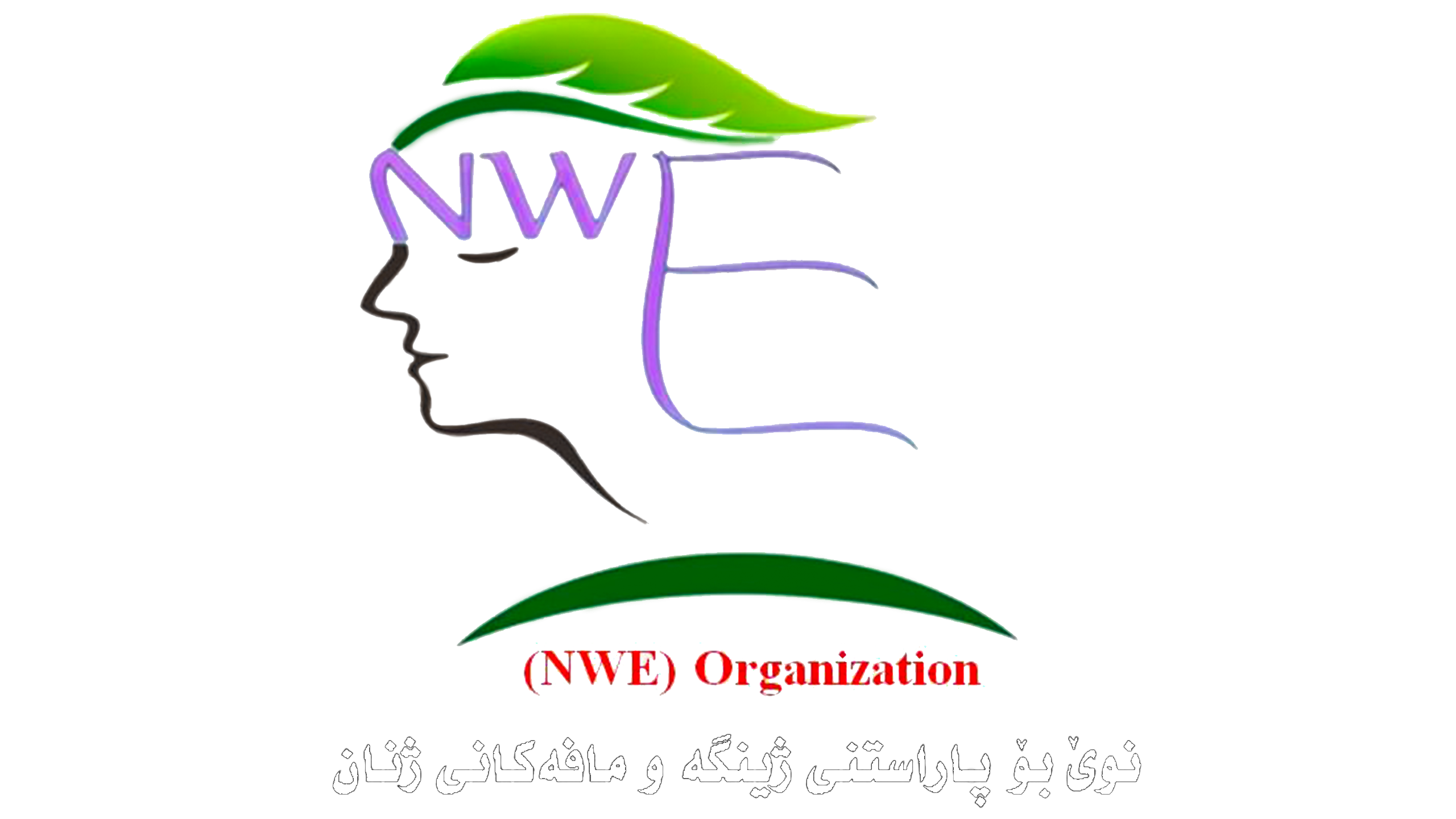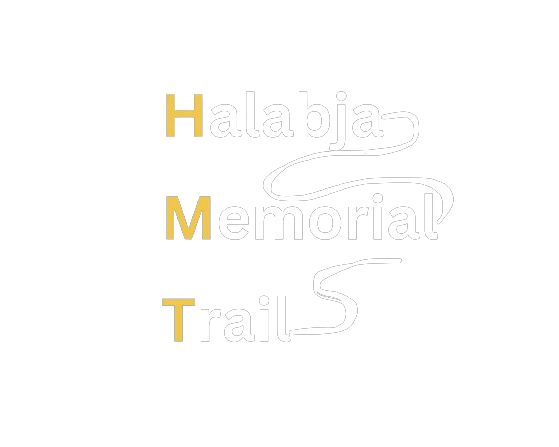Halabja’s Trail Of History And Memories
Halabja, a city in Kurdistan Region in Iraq, went through tough times in the past, especially during the Iran-Iraq War from 1980 until 1988. On March 16, 1988, chemical attacks occurred on Halabja and were perpetrated by the regime of Iraqi President Saddam Hussein. The attack involved the use of chemical weapons, including mustard gas and nerve agents. This tragic event resulted in the deaths of thousands of civilians, including men, women, and children, causing widespread suffering and long-term health effects for survivors. Estimates of casualties range from several thousand to over 5,000 people.The international community strongly condemned the chemical attacks on Halabja, contributing to the growing criticism of Saddam Hussein’s regime. The incident played a significant role in shaping global perceptions of the use of chemical weapons and led to increased scrutiny of Iraq’s weapons capabilities.
Despite the painful chapter in the region’s history, Halabja is now a place of recovery and strength. Today, Halabja is a bustling city where life goes on. Markets are busy, kids go to school, and cultural events celebrate the city’s rich history. While the city faced tragedy in the past, memorials and museums serve as reminders of those difficult times. Halabja has become a symbol of resilience, with its people determined to build a better future and contribute to discussions about human rights and the impact of conflicts. Despite the challenges, the community looks ahead with hope, embracing the task of rebuilding for a brighter tomorrow.
About The Trail
In the heart of Halabja unfolds the Halabja Memorial Trail, a project carefully designed to celebrate the resilience, culture, and untold stories of the community. This project is being carried out in cooperation between the local organisation NWE, the municipality of Halabja and the international organisation Wadi. The trail navigates through the urban landscape, showcasing the diverse beauty of Halabja. The starting point of the trail is the Halabja Monument. From there, it leads into the city centre and the surrounding neighbourhoods. However, you can join the trail from anywhere and the different locations do not have to be visited in order. Informative boards tell stories of local heroes, cultural milestones, and events that shape the city’s identity. As you walk the trail, you can take your time to look at pictures, read information, and feel a connection to the past. Educational elements highlight the rich heritage and artistic expressions of Halabja, fostering a deeper understanding. The trail is not just about the past; it’s also meant to teach and inspire, making sure that the stories it tells stay important for everyone who visits.
Explore The Path
Connecting You To History and Memory
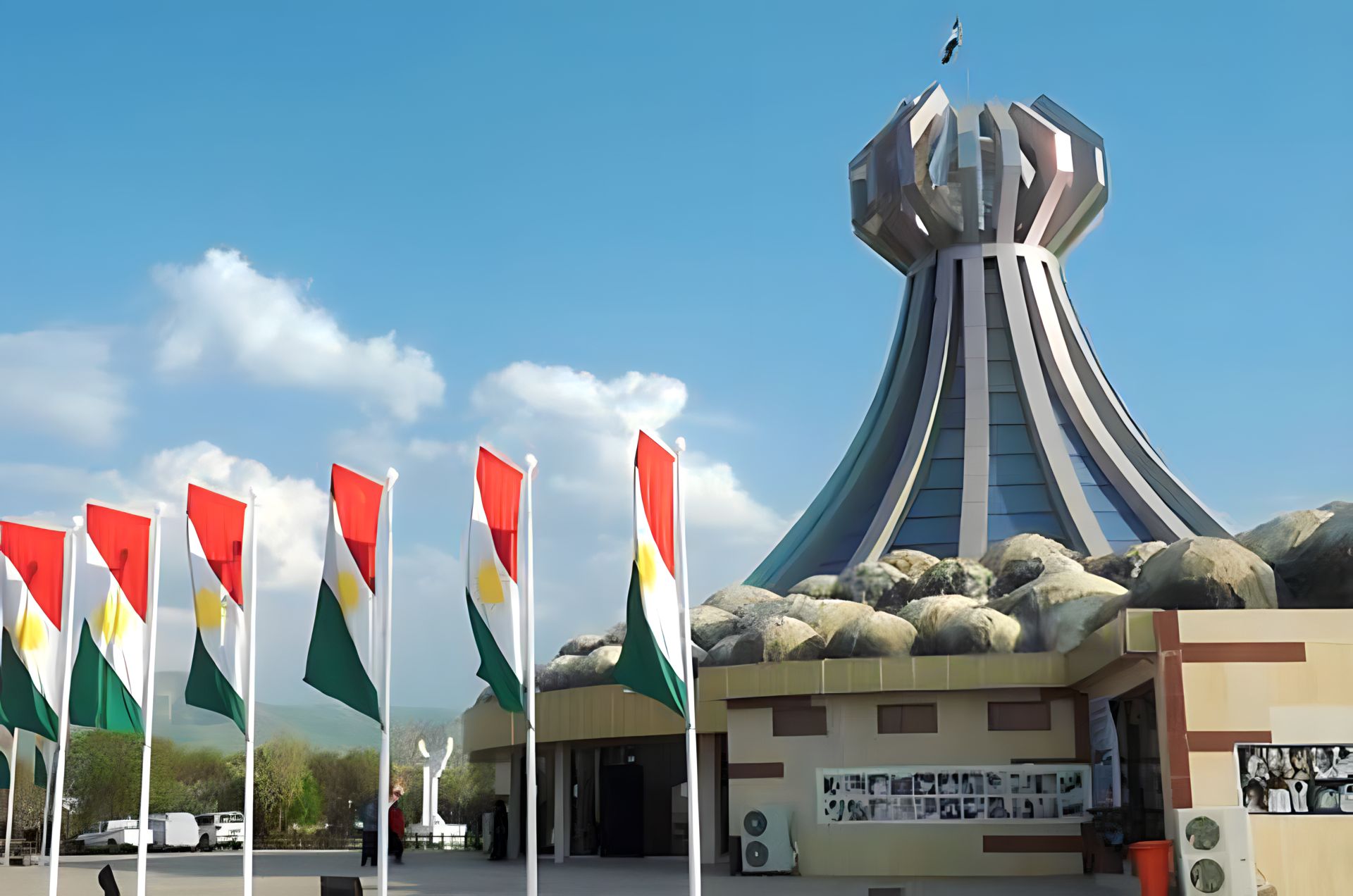
Halabja
Monument
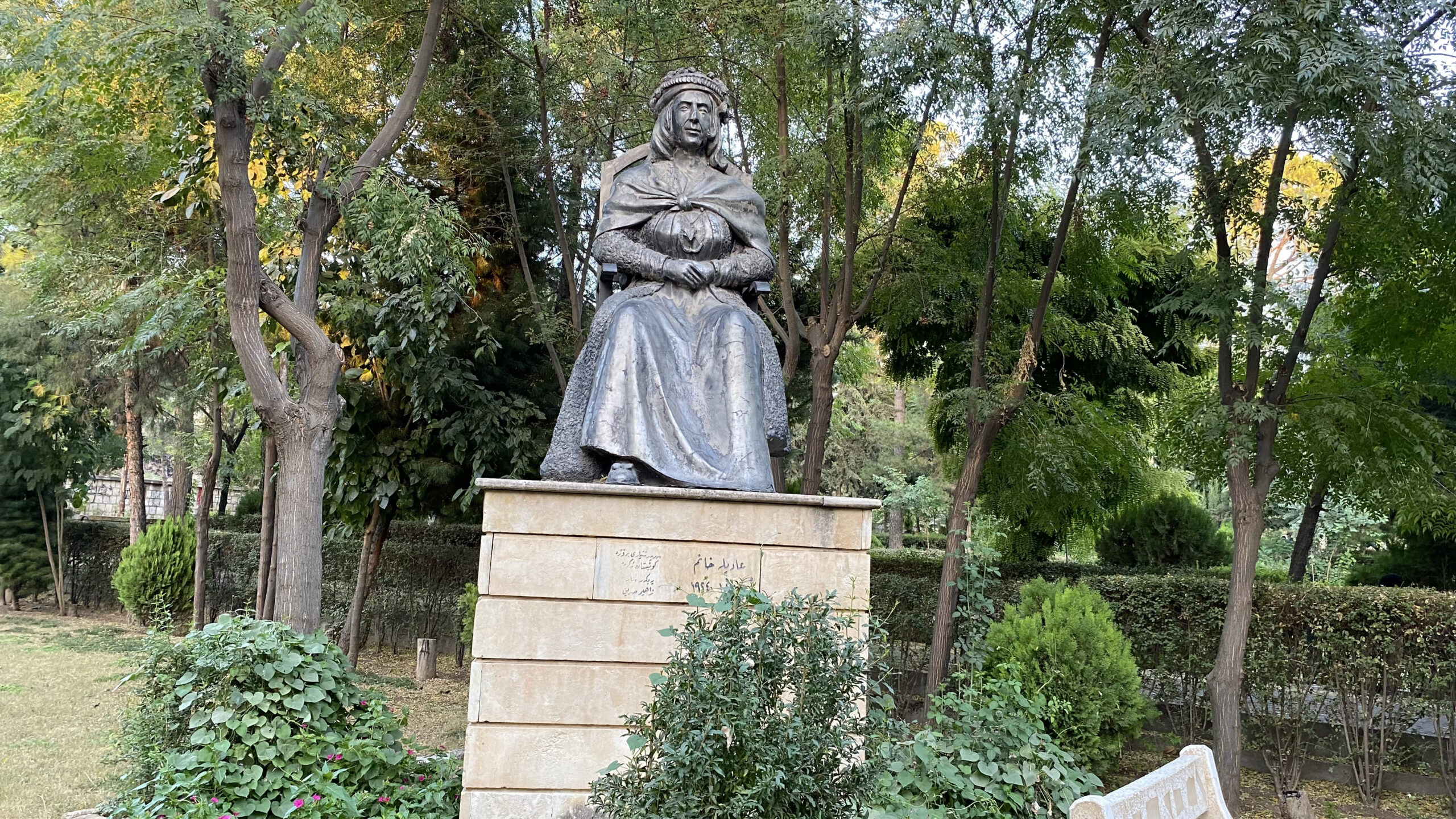
Halabja
Public Park
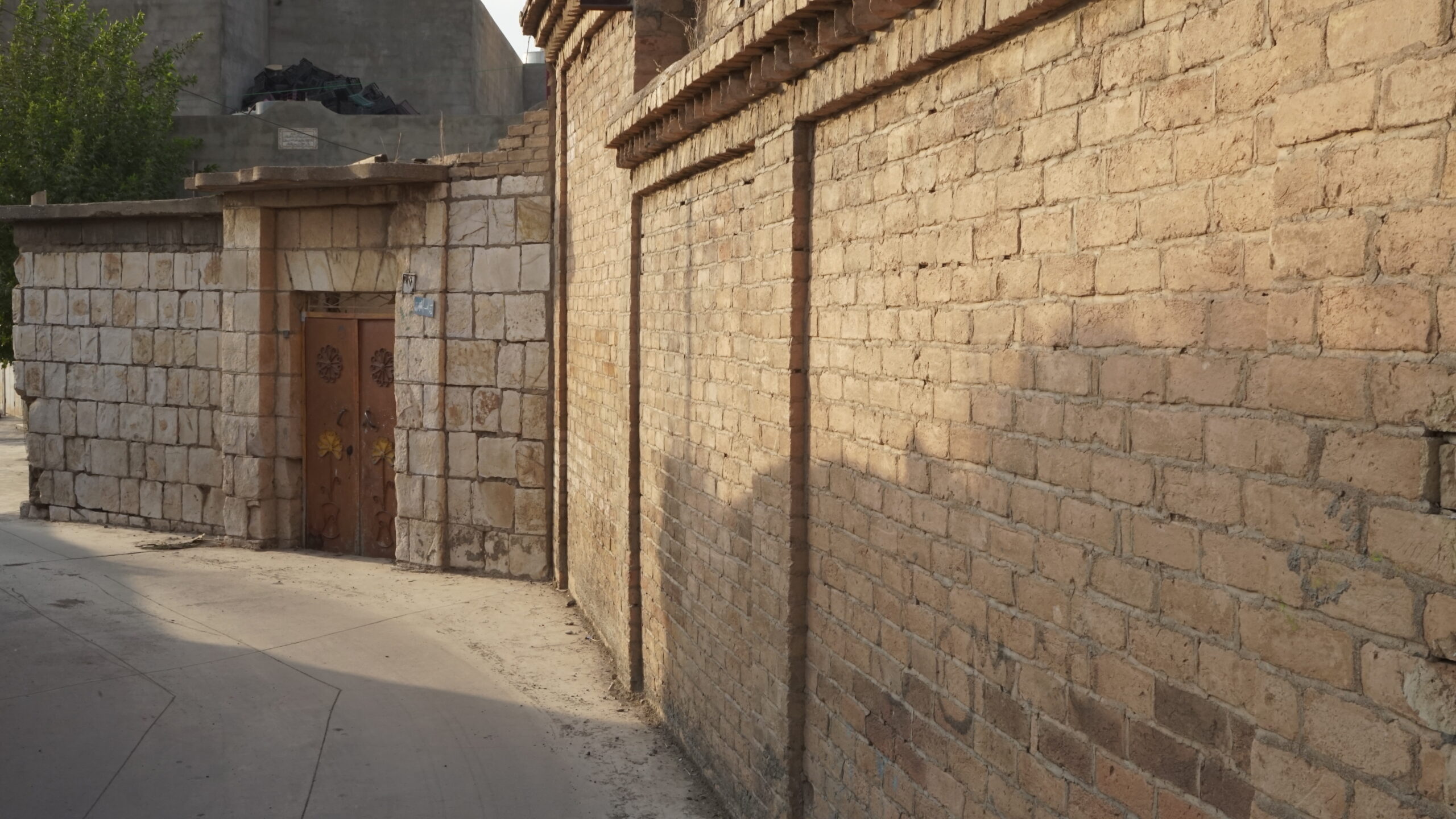
The Jewish
Neighberhood

Martyrs' Cemetery
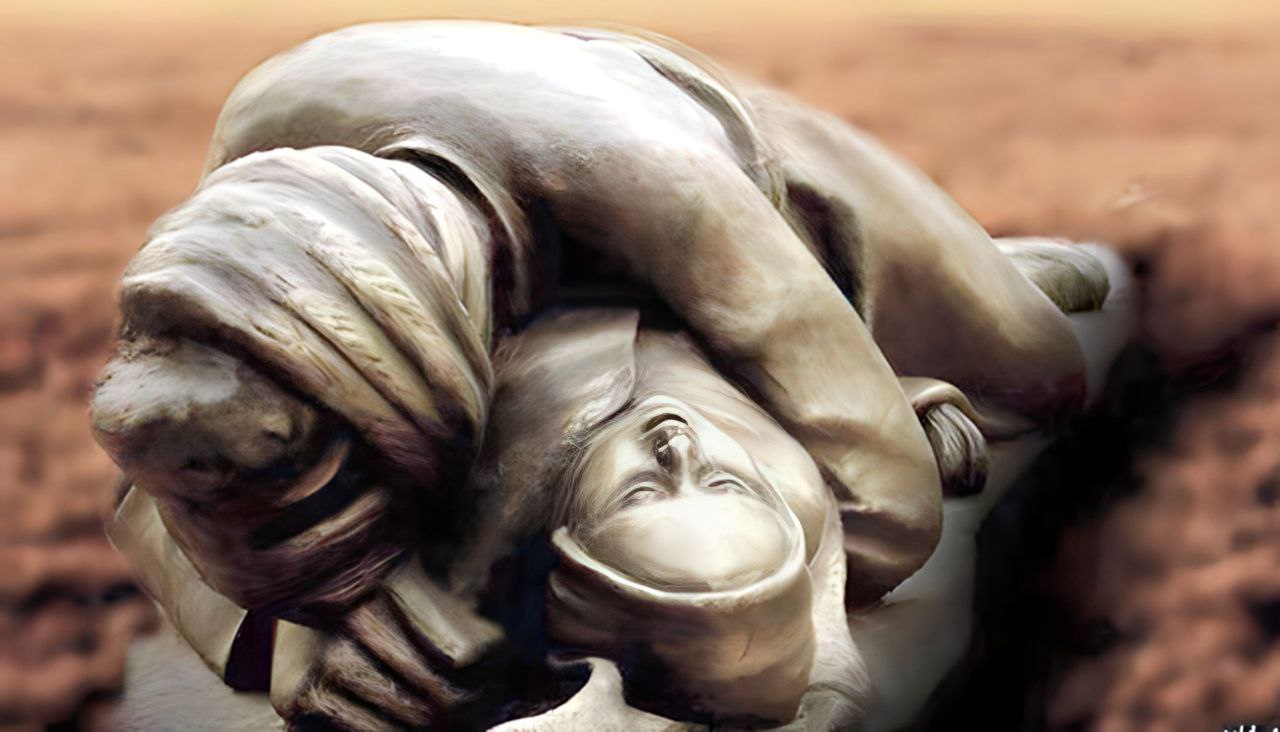
Statue Of
Omar Khawar

The Great Mosque of Khurmal
Kani Ashqan Neighberhood

Halabja Monument

Halabja Public Park

The Jewish Neighberhood

Martyrs' Cemetery

Statue Of
Omar Khawar

The Great Mosque of Khurmal
Kani Ashqan Neighberhood
